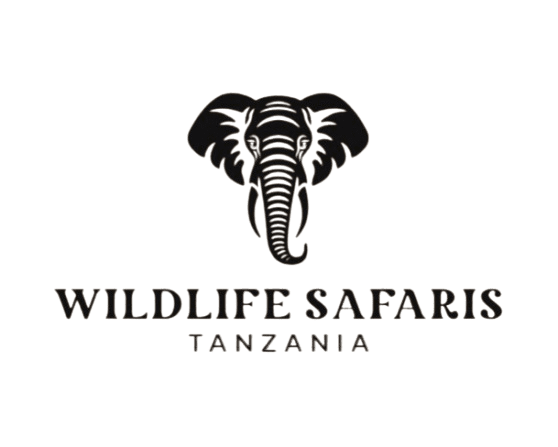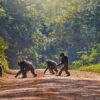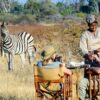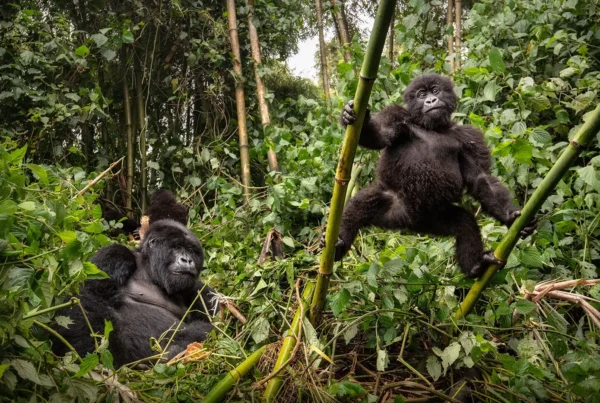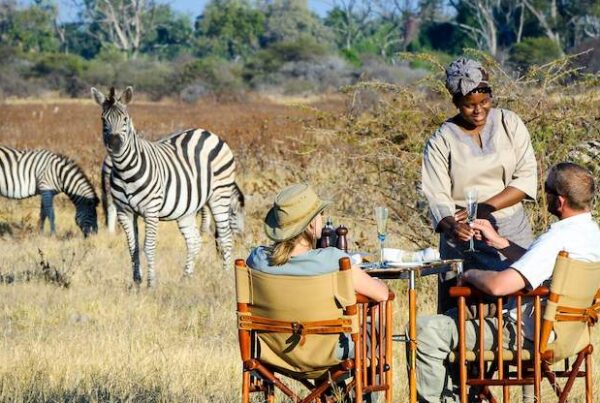Tanzania’s Four Most Popular Tribes
Famous tourist spots in Tanzania include Ngorongoro Crater, Serengeti National Park, and Mount Kilimanjaro. The biggest attractions are animals, majestic mountains, and beautiful beaches, but culture is never neglected. More than 120 distinct ethnic groups coexist in this East African nation. Our go-to recommendation for this is a tour of the country’s interesting indigenous communities. This post will discuss four different tribes that you should stop by while your safari in Tanzania.
The Maasai people
The Maasai have lived side by side with lions and other wildlife for countless ages, thanks to their self-assurance and conservation efforts. Their homeland is the Nile Valley, which is in what is now Sudan. The striking linguistic resemblance to South Sudan’s Latuko language is an indicator of this.
The Arusha and Manyara areas are home to the Maasai people. In the wilds of the Ngorongoro Conservation Area or the Loliondo Game Controlled Area, you may see them tending to their cattle alongside lions, wildebeests, and elephants.
The Maasai people have a lot to teach visitors, including traditional dances, clothing, and more. The males who can leap higher in their traditional dance, Adumu, are seen as stronger. The jiggling noises of the beads provide a flavor to the lovely tunes that the women sing while they dance.
You should try on some of the Maasai’s distinctive clothing. In its most basic form, it is a red, blue, or black Maasai shuka, also called a rubega. Adornments such as bracelets, bangles, beads, and more are typically added by women. Attempt this one-of-a-kind fashion statement the next time you’re in Tanzania.
These neighborhoods have a lot going for them. Join them in the jungle to herd cattle, compete in a spear-throwing contest, or purchase exquisite handicrafts.
2. Hadzabe
Many African tribes have adopted farming and animal husbandry as a result of cultural influences. The Hadzabe, on the other hand, continue to practice traditional agriculture and cattle husbandry. On the banks of Lake Eyasi live these extraordinary hunter-gatherer communities.
In spite of their nomadic lifestyle, Hadzabe are respectful of human dignity. Hunting and gathering are skills that men often instruct visitors in. They also inhabit traditional huts, the design of which mirrors their nomadic lifestyle.
Official medics are never brought in to treat illnesses or injuries among the Hadzabe. They have mastered the usage of nearly all medicinal plants and the specific diseases that each one treats. Many of these plants may be found during a stroll around the wooded beaches with them.
The Hadza also favor loose-fitting garments that expose a lot of skin. When the Hadzabe first arrived in their homeland, they made defensive garments out of hammered skin. Additionally, they are adept hunters who make good use of spears, bows, and arrows that they have traditionally crafted.
Three, the Datoga
Situated on the banks of Lake Eyasi, the Datoga (also Mang’ati) are renowned for their blacksmithing skills. They coexist with the Hadzabe. The Datoga are more agricultural than the Hadzabe, who raise mostly livestock. The Singida area is also home to them. Their animosity offers a different tale, even if they share a common ancestor with the Maasai. It is this:
There were several cow conflicts between the Datoga and the Maasai. According to Maasai theology, God made cattle just for them. Therefore, they began to invade communities in search of livestock after observing Datoga with big herds. Due of their superior metalworking skills, the Datoga possessed weapons to defend themselves, making it a difficult task. Good news: these Nilotic tribes are no longer at odds with one another.
The process of crafting arrows, bows, and other metal implements is on display for visitors to see. For personal use or to sell to tourists, they also craft jewelry such as bracelets and beads. It is beneficial to be familiar with their cultural rites and beliefs as well.
4. Fugazi
At the base of Kilimanjaro, you’ll find the Chaga people. Even if most of them have embraced Western society, you may still find genuine villages that preserve their traditions. They didn’t always live in Tanzania; in fact, they made the long journey to the foot of Kilimanjaro.
In the tropical forest zone of Africa’s tallest peak, the Chaga cultivate coffee, bananas, beans, and corn. The town of Moshi offers a coffee trip that will introduce you to this fascinating community. During this excursion, you will witness the entire coffee-growing process from seed to cup by means of the Chagga farmers. A traditional Chaga lunch is served to end the excursion.
In addition, the Chaga elders might share tales and traditions with visitors. Fascinatingly, the Chaga clans led by “Mangi” were rivals, according to the narrative. In addition to drums, flutes, and bells, the Chaga also have their own distinctive dance. Prior to beginning the cycle, dancers secure their waists with banana fibers.
That is all.
Tanzania has more than 120 different tribes to visit, so the possibilities are endless. You have the option to visit any of the 120 tribes, but we’ve highlighted these four due to their proximity to popular sites. And we’re more than pleased to facilitate your meeting with these kind locals. Get ready for an exciting journey! Your ideal safari may begin with the help of our professional planners.
